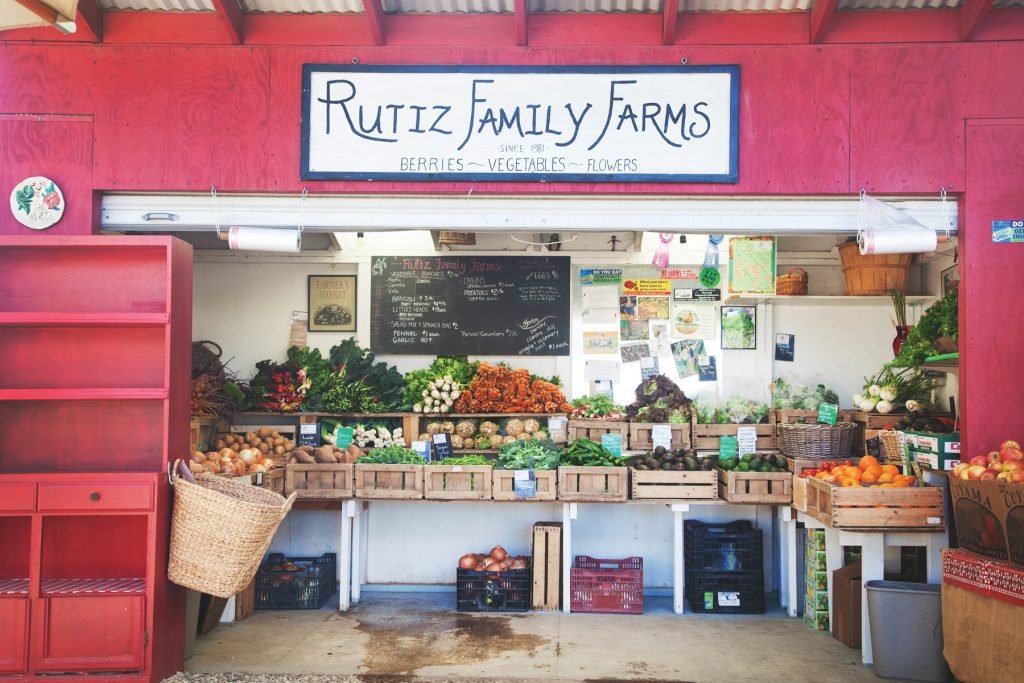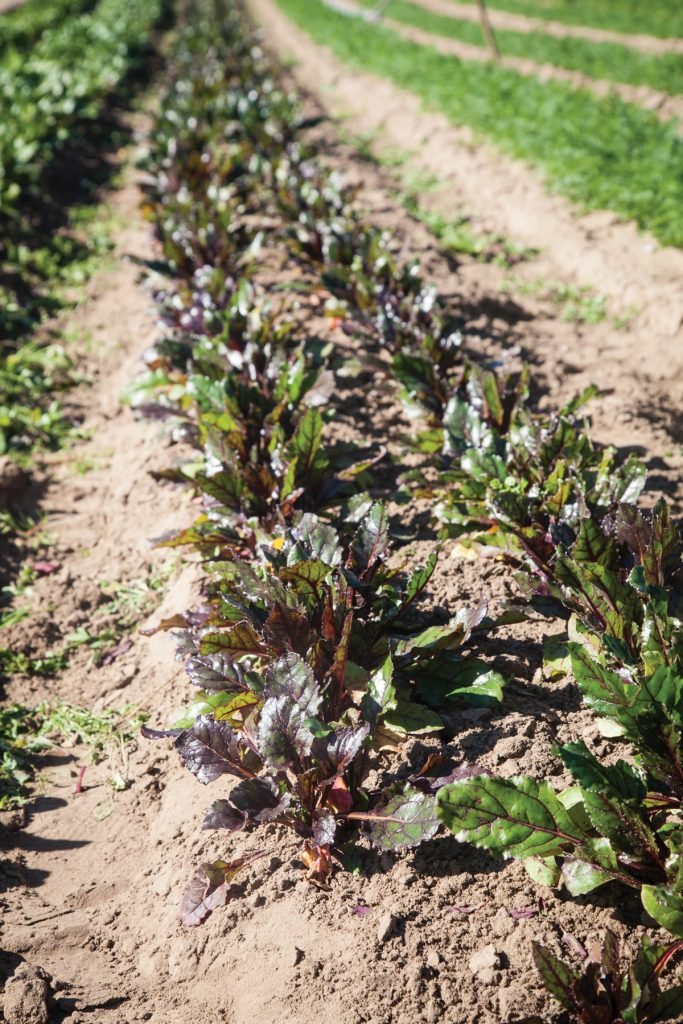
Essential in the Field and at the Stands
Farmers and farm workers have always provided for our essential food needs and, now more than ever, they remain committed to ensuring fresh produce is available to consumers throughout SLO County and beyond. During the COVID-19 pandemic, a time of unknowns and uncertainty, local farmers and their crews continue to wake up every morning ready to be of service to others. There are tens of thousands of agricultural workers across California still in the fields.
“We can’t live without farmers, field workers, food processors or truckers to bring food to market,” Brent Burchett, Executive Director of the SLO County Farm Bureau says.

Still, farm families have felt the impact of a significant market disruption, according to Brent.
“Grocery store food may be flying off the shelves, but farmers that rely on contract buyers like schools, large businesses and restaurants are reeling,” he says. “We can all help by buying from restaurants who source local food, shopping at local markets, or purchasing a Community Supported Agriculture (CSA) share from a local producer. We know the value of local food and all of agriculture, and by being mindful of where we buy, all of us can help keep farmers farming.”
Local farmers’ markets around the county, with the exception of the Thursday night downtown SLO market, continue to operate, bringing a uniquely local supply chain directly benefiting the local economy. Many farmers have adapted by offering delivery services and keeping roadside farm stands stocked. Jerry and Maureen Rutiz of Rutiz Family Farms have adjusted their way of doing business during this time.

Rusty’s family dry farmed their orchard until the last commercial crop was harvested in 2015. By that time federal regulations on almond growers, processors and the almond industry as a whole made it no longer viable or even legal for Rusty to sell his almonds directly to consumers.

“In the past three weeks, we have gone through about five different business plans,” says Jerry. “Now, we make up produce bags filled with 8-10 different fruits and vegetables, display them at the stand and people place their money in a box. Before, I took pride in people being able to drive here, hang out and let the kids play. We are trying to get people in and out now, which is the opposite of what I ever wanted our farm to be.”
Customers are appreciative of what Jerry and his dedicated nine-person crew are doing in the field and at the farm stand, located in Arroyo Grande. A list of available items available is published on the farm’s social media and newsletter each evening. Jerry has also partnered with a network of local farmers and bread makers to bring product to his farm to sell alongside his produce and flower bouquets.
“We are frantically trying to keep up with the demand,” Jerry discloses. “We are starting to run low on product because the items we are harvesting were planted 3-4 months ago when we had no inkling that any of this was going to happen. In addition, we are selling 2-3 times as much at the stand than we normally would this time of year.”

Business has been stable for Elliot Paulson of Clearwater Color Wholesale Nursery in Los Osos, with increased sales of vegetable starters to home gardeners.
The long days at home plus the empty grocery store shelves are inspiring residents to grow their own living pantries — a single plant can produce hundreds of pieces of a vegetable. And after enjoying the bounty of the fresh produce, fruits and vegetables can be canned and preserved, extending the lifeline of the bounty.
“As an essential business, we’ve been steady in work as the larger competitors are out of vegetables,” he says. “My employees are keeping busy trying to fill orders; these guys are tremendous and they are doing a great job.”
An emergency order to Shelter at Home for SLO County residents went into effect on March 19. As of publication time in mid-June, SLO County has moved to a Stage 2 self-certification process, with the reopening of low risk work communities.

